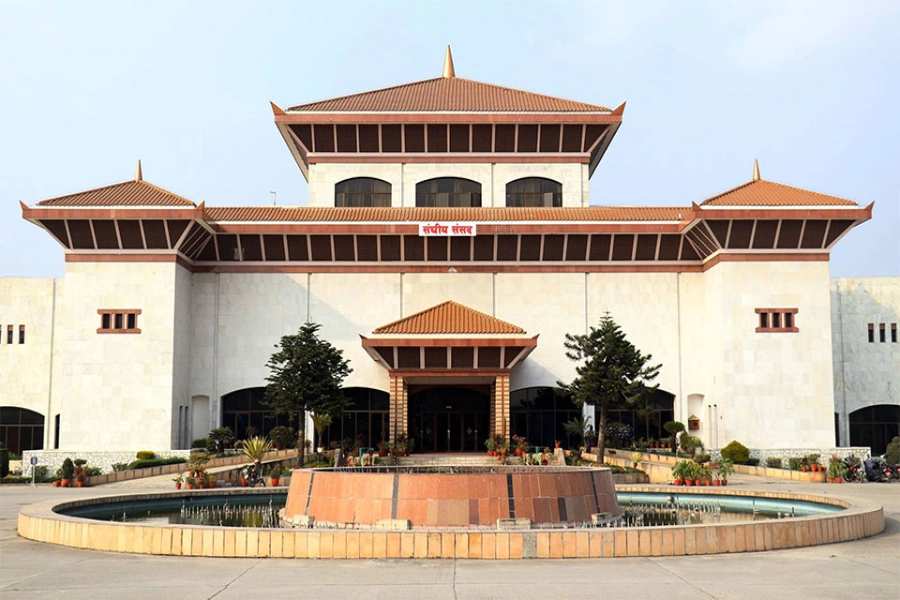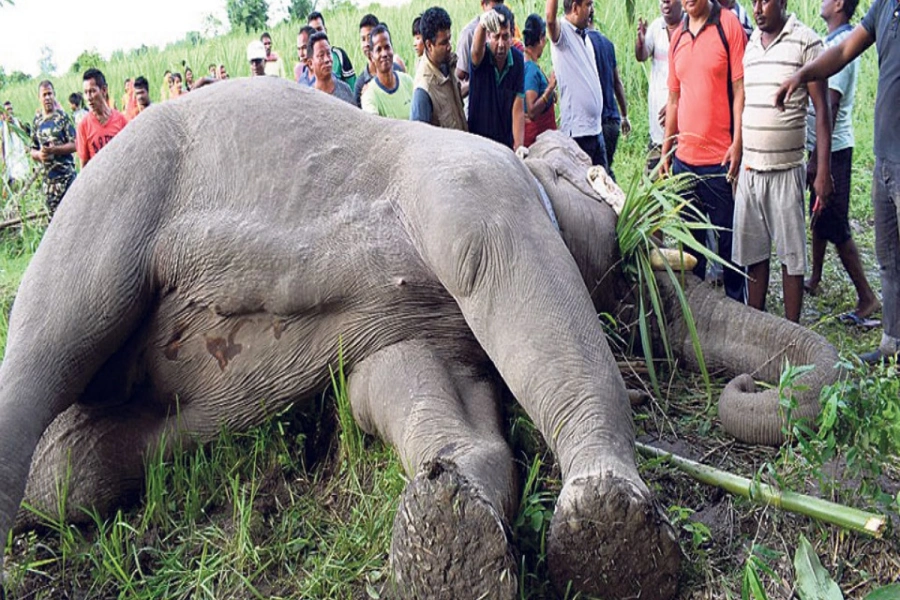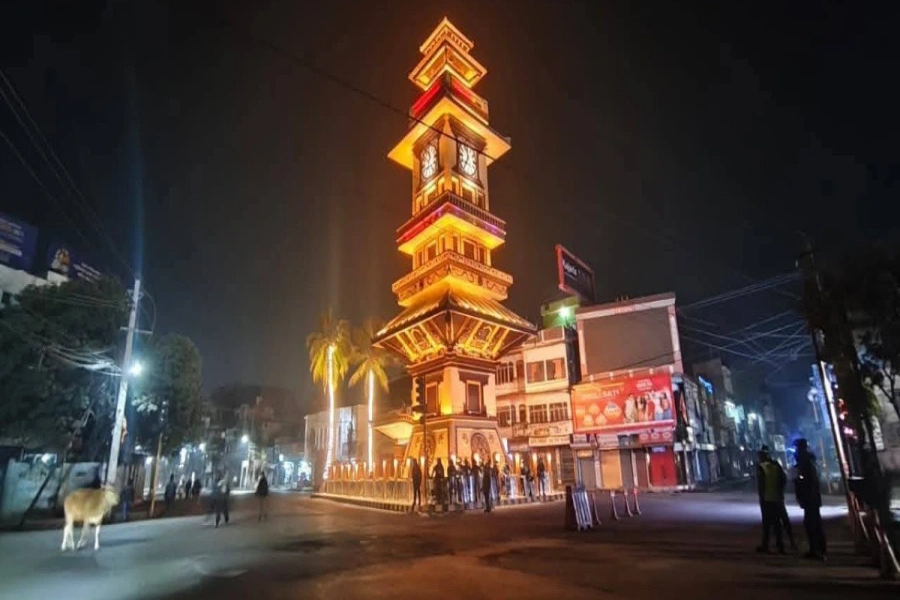Alize Biannic is a world renowned ballet dancer. She started training from the age of 10 and also performed in the Oscar Award nominated movie ‘Black Swan’. She is the director and the performer of the upcoming Nepali/Western Musical Broadway Show which is set to stage from March 8 to 11 at the Nepal Army Hall.
In conversation with Republica’s Prasansha Rimal, she talks about the art and inspiration that motivated her to become a professional dancer.
What inspired you to be a ballet dancer?
My journey of becoming a professional ballet dancing began when I was just 10 years old. I always knew that I was never going to do the regular studying and had even told this to my mother. I attended a workshop where the trainer was the main dancer of Paris Opera. She suggested to my mother that I should audition for the school and I got selected. So at first it was the whole idea of going to Paris that influenced me to take up ballet. It wasn’t the dance that attracted me first because there was no buzz about it at all in my hometown. I got inspired later on when I understood the real meaning of ballet at school and learnt that a lot of strength was required to do ballet.
Brazilian ballet dancer who quit Russia's Bolshoi after invasio...

What brought you to Nepal?
I had an accident because of which I had to stop dancing. Then I just wanted to take a break and clear my mind about what I wanted to do in the future. I decided to come to Asia and work with children in an orphanage. I had emailed everyone and when one of the orphanages here emailed me back instantly, Nepal seemed like the right place to be. So, I just packed my bags and came to Nepal within two days, planning to stay here just for a year and work with the children and reflect on what I wanted. In this process I met Yulia and Debra who offered me work at Sushila Arts Academy. I felt that I could do a lot here so I decided to collaborate to expand the world of art in Nepal.
How long does it take to learn the art and perform it professionally?
I started training at the age of 10. I used to train for seven hours every day after school. Ballet is very strict and rigid and it requires a lot of discipline as well. It teaches an individual to utilize the muscles of the body to create art. Ballet helps you understand each part of the body separately also making it easier to learn other dance forms. I would say it would take 10 years of training to perform ballet professionally. It would also be easier if you started the training from an early age to understand the key to flexibility. It’s not impossible to learn ballet later in life but it will definitely require more hard work and dedication.
How difficult is the world of ballet dancing?
There is a lot of physical pain. The world of ballet is competitive. You need to have the passion for the art otherwise it’s physically impossible to be a ballet dancer. You need to learn to overcome the physical pain of injury and bruises. I used to dance even when my feet used to be bleeding. But ballet is the medium which lets me express myself and I love it for that.
What message are you trying to convey through the upcoming Broadway Show?
The message that we are trying to convey through the show is about unity. We are trying to make people realize that we are stronger when we are together. The story is set on a Tamang village and consists of various dance forms like Nepali dance, hip hop, jazz and, of course, ballet.
How do you think Nepali artists can sustain themselves?
Right now, in Nepal, art or dance is just about entertainment. It’s generally amateurish and even the audience end up considering it as a free form of art. At times, I see that even the artists don’t value themselves and they are just willing to work for free. The problem in Nepal is that there aren’t many training institutions because of which artists aren’t properly trained. The result is that the quality of art suffers. When artists get trained their value will increase and there will be more demand for them. The government also seems oblivious to the situation of art in the country. Without a long term vision and support from the government, it will be difficult for any artist to live a comfortable life.



































